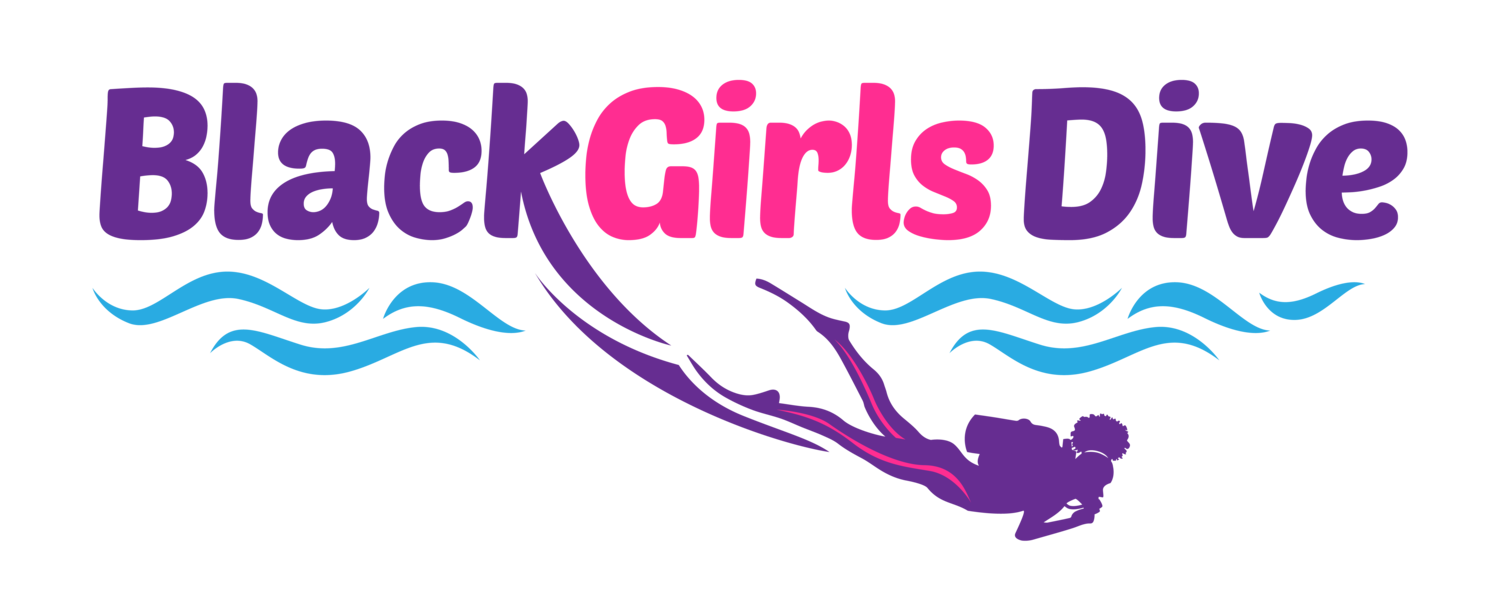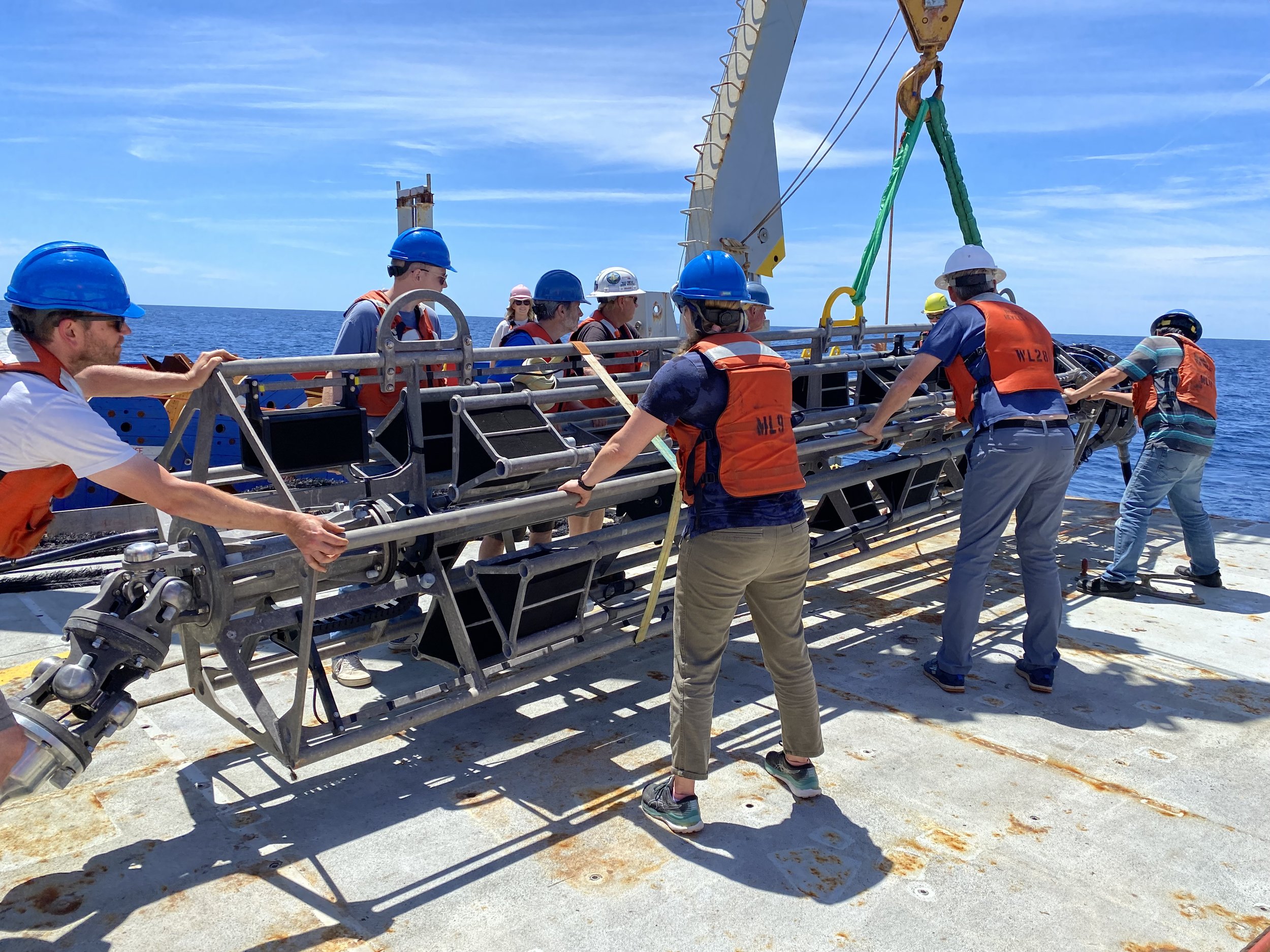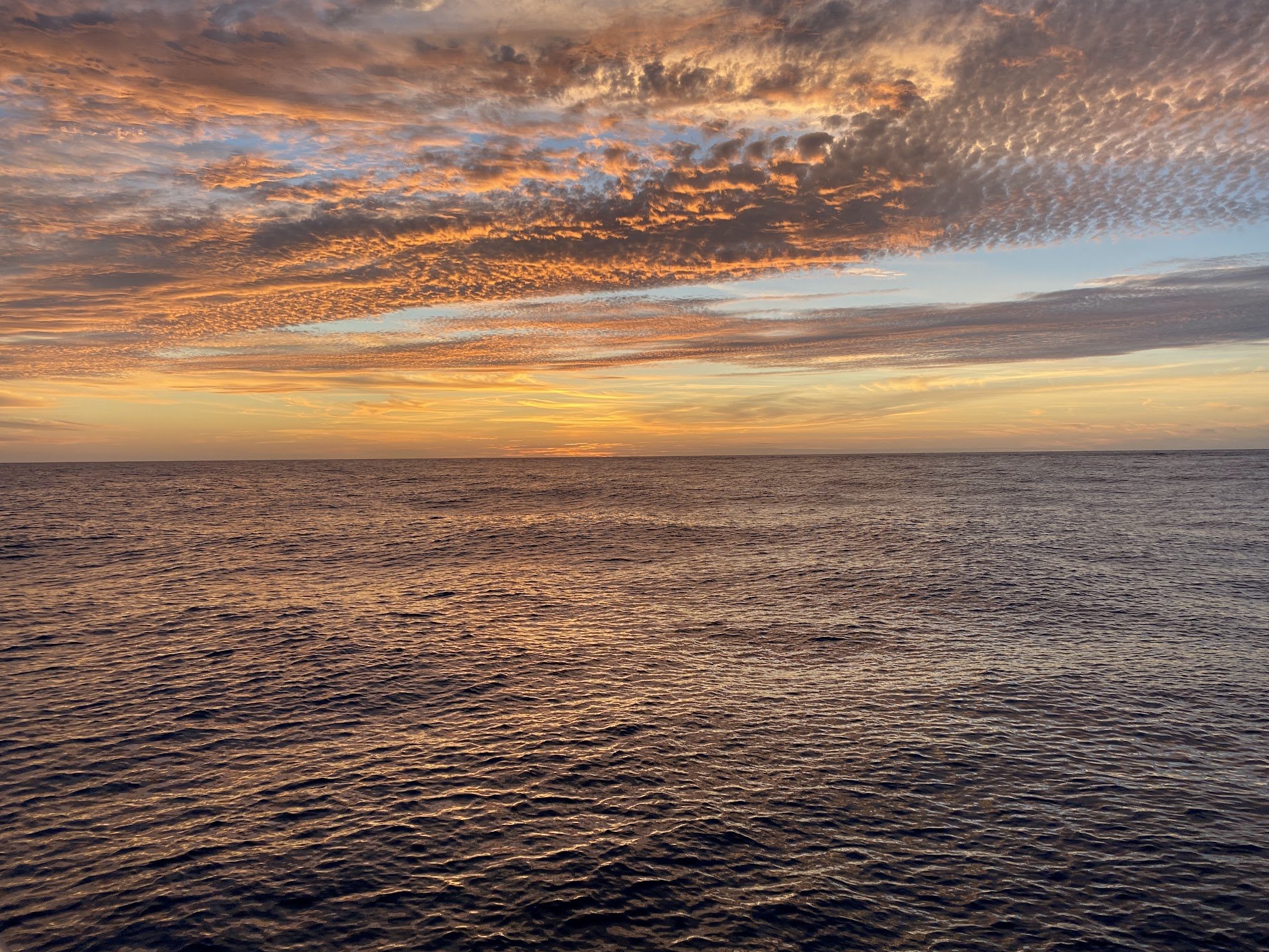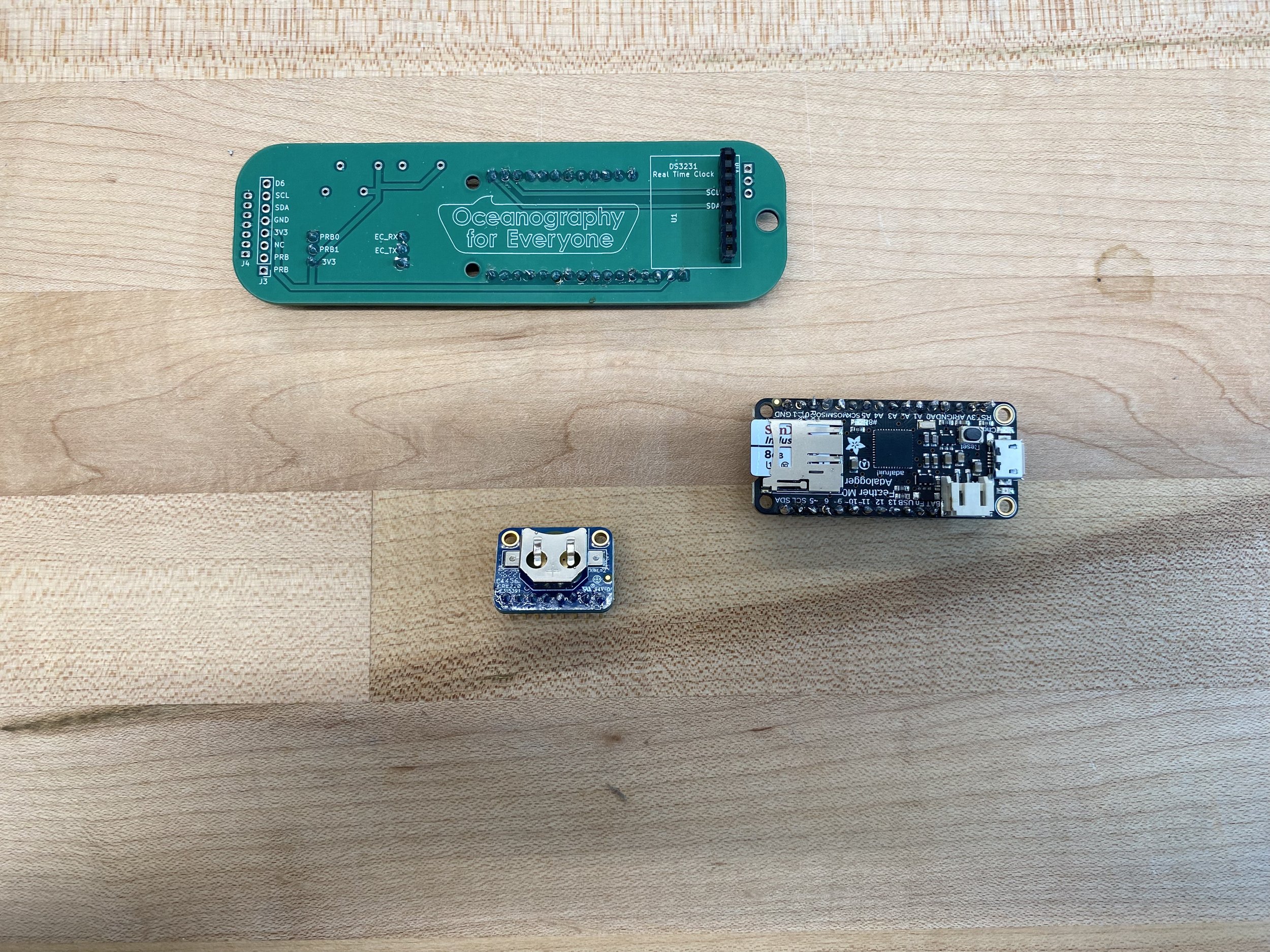My second week on the Revelle taught me just how intricate and intensive deployment operations are. The Gulf Stream current made deployments especially tricky. Getting to assist with the deployment of the 3D acoustic telescope was an experience I’ll never forget. I spent my time this week learning more about hydroacoustics and getting to look at some of the geological data that was collected via remote sensing. I also continued to use linux to ensure the telescope was working properly and started to learn how to use jupyter notebook and python to analyze and plot data. Having the opportunity to go to sea and learn more about the applied side of oceanography was very rewarding and informative. Going to sea also taught me a lot about myself, initially I was not sure how to feel about the opportunity. Two weeks in the middle of the Atlantic ocean sounds pretty intimidating. I am proud of myself for not letting my nerves and apprehensions get in the way of learning and benefiting from this trip.
Now that I am back on land, I’ve started working on an open source CTD sensor. CTD (conductivity, temperature, and depth) sensors are used by chemists, physical oceanographers, biologists, and many other disciplines in order to collect data on the ocean’s salinity, temperature, depth, and pressure. This information allows for a thorough and in-depth analysis of how the oceans change both in the short and long term and can be used as supplemental information in a myriad of other types of research projects. Building an open-source version of the sensor provides an opportunity for both researchers and citizen scientists alike to gain a better understanding of the world around them. Anyone is able to build, use, and improve this technology. By building, calibrating, testing, deploying, and then improving an openCTD sensor in AVAST, I had the ability to flush out and improve upon the design in order to give future scientists a more user-friendly and accurate resource that has the potential to benefit everyone. This is my first time building something this complex. I started off learning to solder and began to assemble the electrical components. Next I will have to 3D print a few custom parts so I can assemble the housing. Hopefully in a few weeks I’ll have a finished project to test in the tanks at AVAST.
I have really enjoyed getting to work with OOI (Ocean Observatories Initiative) and with John Reine. John has been tremendously knowledgeable, kind, and encouraging. He has made sure I am able to learn as much as I want about any aspect of ocean research that interests me and has connected me with scientists doing lots of interesting research. Working at AVAST has been a unique experience. Being in a space that encourages collaboration and inquisitiveness has been very beneficial. Having the opportunity to use resources like their 3D printers and test tanks has enhanced my sensor-building experience. I am excited to finish my CTD sensor and to be able to hold and test the finished product.









